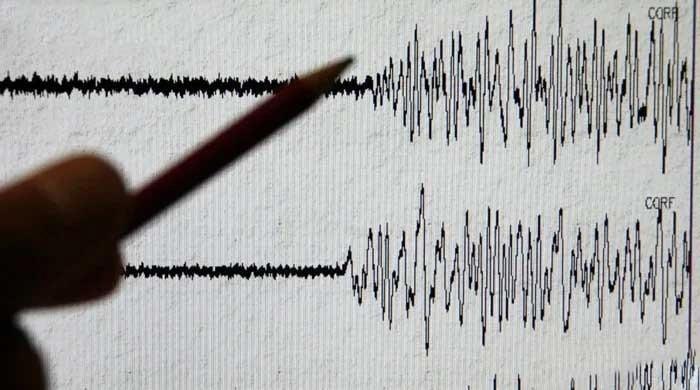- The earthquake tremors reported in Waziristan del Norte.
- Seismic activity recorded in Atock, Swabi.
- No lows or damage were reported so far.
They felt tremors of an earthquake of 5.3 magnitude in Islamabad, Attock, parts of Khyber Pakhtunkhwa and the tribal areas on Saturday morning.
Until now, immediate reports from victims or damage have not been received. According to the Department of Meteorology of Pakistan (PMD), the earthquake hit at 10:08 am PST.
His epicenter was located in the Hindu Kush region of Afghanistan at a depth of 230 kilometers. The coordinates were recorded in latitude 36.63 N and length 71.13 E.
The seismic activity was reported in Peshawar, Mardan, Swat, Nowshera, Swabi, Atock and Waziristan del Norte, among other places.
Residents in these surrounding areas and areas reported notable tremors.
The seismic activity occurs almost a month after two earthquakes hit several cities in KP, Kashmir, Punjab and parts of Afghanistan.
The first earthquake, which measures a magnitude of 5.5, hit several cities in northern Punjab, Khyber Pakhtunkhwa and the twin cities of Islamabad and Rawalpindi on April 12, to a reported depth of 12 kilometers.
The cities of Punjab, including Atock and Chakwal, also reported tremors in the region. In KP, they felt shaking in Peshawar, Mardan, Mohmand, Swabi, Nowshera, Lakki Marwat, Lower Dir, Malakand, Shabqadar and other cities.
Days later, on April 16, an earthquake of 5.3 magnitude reached several areas of KP, Azad Jammu and Kashmira (AJK), Punjab and parts of Afghanistan.
Tremors were reported for this earthquake in the areas of Malakand, Swat, Shangla, Chitral, Abbottabad, Mardan, Mohmand, Swabi and Lower Dir.
The earthquakes are not uncommon in Pakistan, since the country is located at the limit of Indian and Eurasian tectonic plates. Large parts of South Asia are seismically active since the Indian plaque is pushing north to the Eurasian plate.




